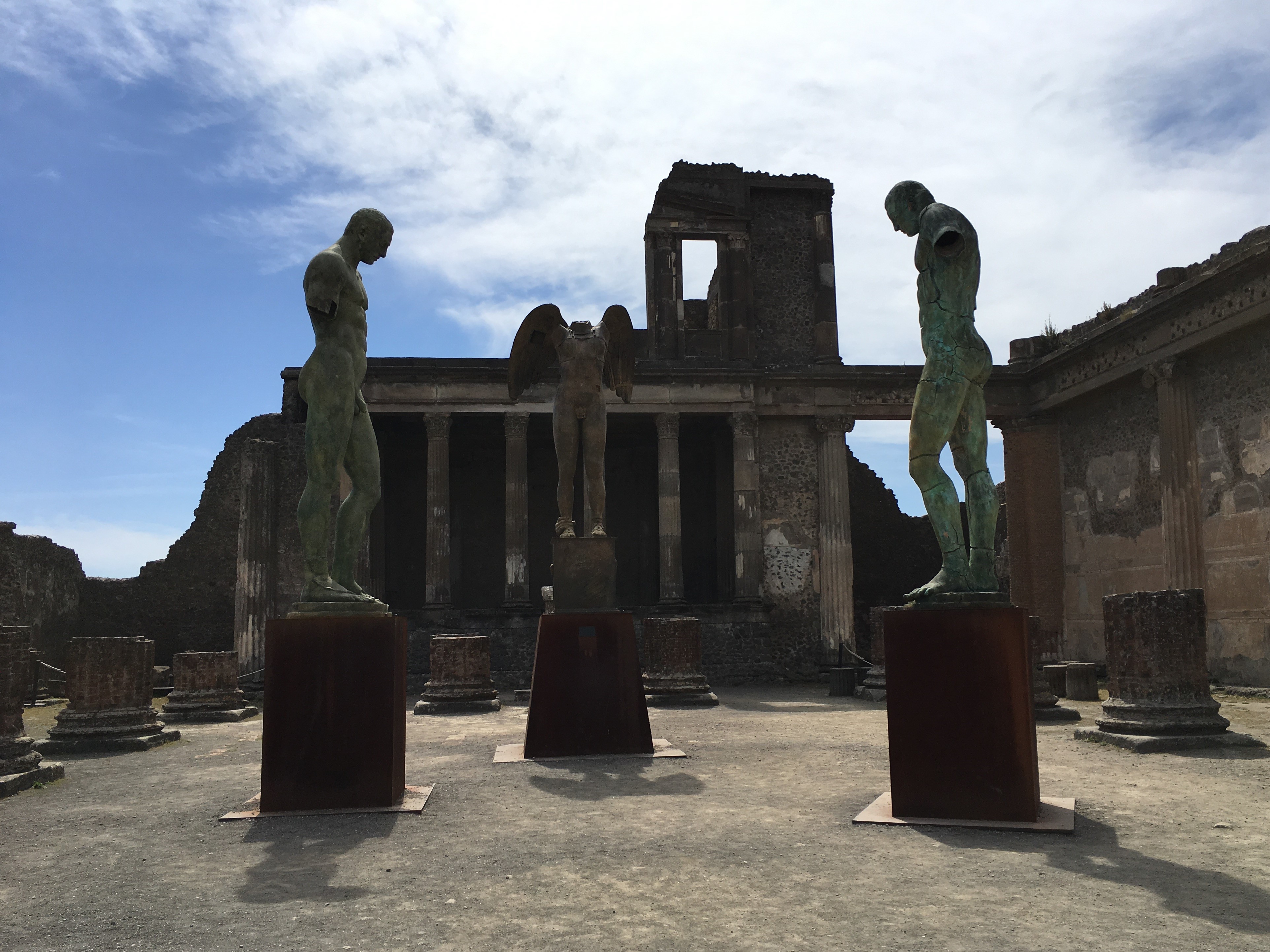Abstract
This in-class activity is designed for students to learn and creatively apply the concepts of structure and agency. Structure and agency are often difficult to disentangle, or, alternatively, they are treated as a fixed dichotomy. As such, it can be challenging to present these concepts to undergraduate students in an accessible way. This exercise...Download this resource to see full details. Download this resource to see full details.
Details
- Subject Area(s):
- Introduction to Sociology/Social Problems
- Resource Type(s):
- Class Activity
- Class Level(s):
- Any Level
- Class Size(s):
- Any
Usage Notes
The poem utilized for this activity is available online on several websites, one of which is cited in the "reference" section below. The instructions we provide for leading a class discussion of the poem will be clearer if instructors read the poem first. Prior to class discussion of the poem, instructors should have already covered the following concepts...Download this resource to see full details. Download this resource to see full details.
Learning Goals and Assessments
Learning Goal(s):
- Integrate concepts of structure and agency into discussion of social phenomenon.
- Identify institutionalized relationships, the needs they serve, and the constraints they impose.
- Analyze recent examples of social movements using two perspectives of social movement theory.
Goal Assessment(s):
- Students will journal responses about how agency and structure affect their ability or inability to address one social issue introduced in the class and will discuss their reflections in the next class meeting.
- Students will identify institutional relationships indicated in the poem, and will discuss how these relationships shape available choices and opportunities, and how these relationships are shaped by larger social forces.
- 3. Students will apply two perspectives of social movement theory to recent examples in class discussion.
When using resources from TRAILS, please include a clear and legible citation.


